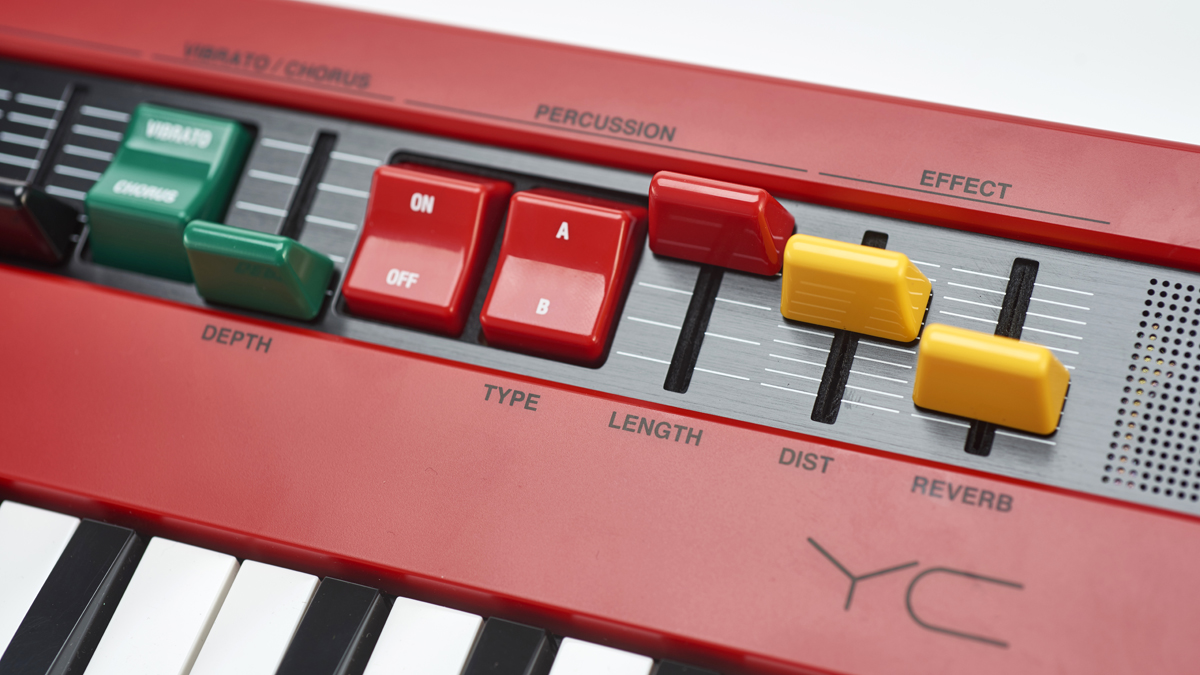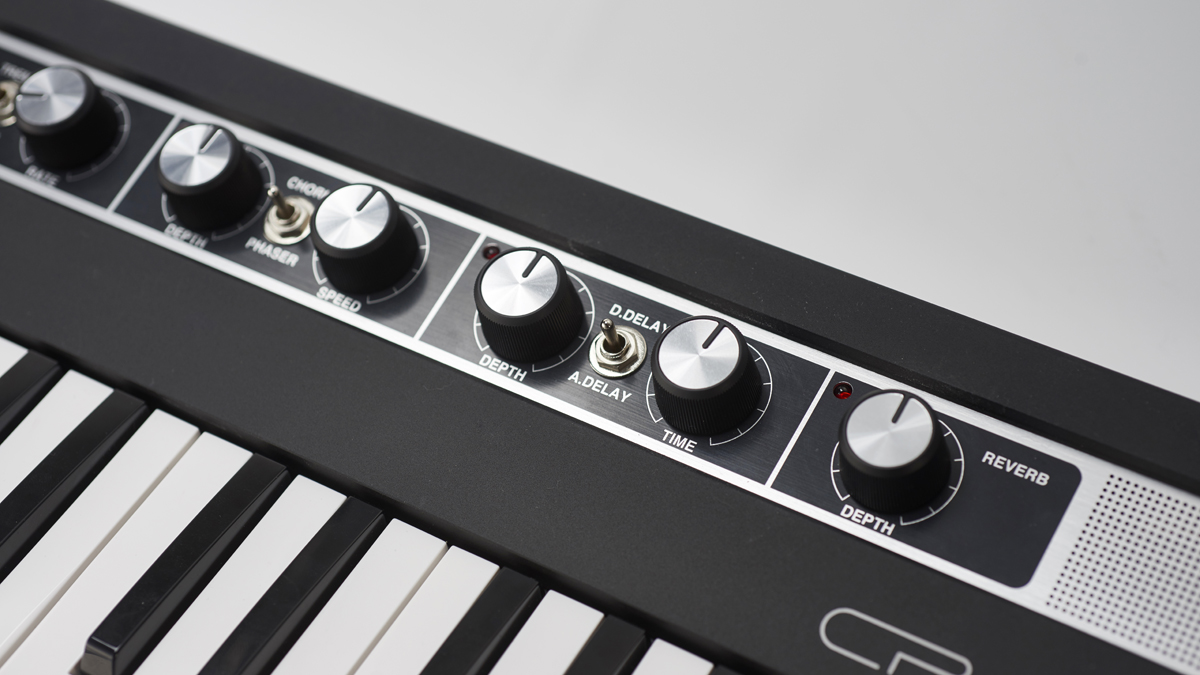Hands-on video: Yamaha Reface DX, CS, YC, CP
Face facts
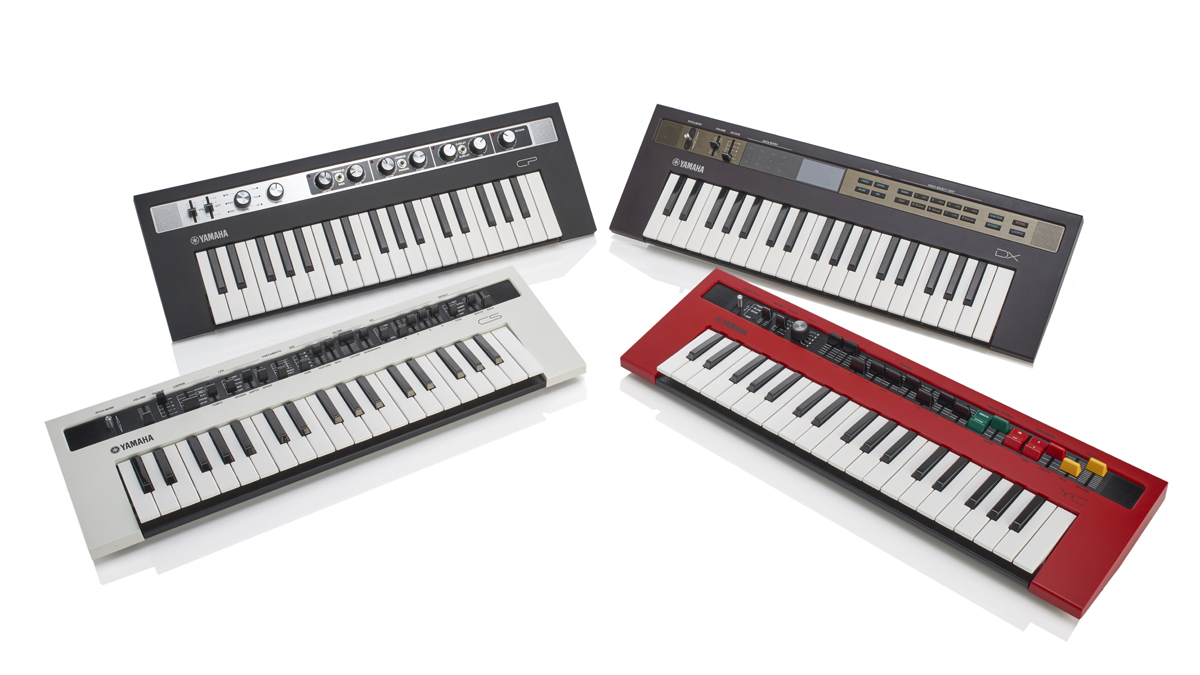
Reface DX, CS, YC, CP
Since the Yamaha Reface UK launch event we've had a bit more time with the 'go-anywhere' mini keyboards.
We couldn't wait to get them home and have a proper tinkle on the mini keys and get to grips with the reimagined interfaces.
Check out our videos below and click through the gallery as we explore the sounds of each synth.
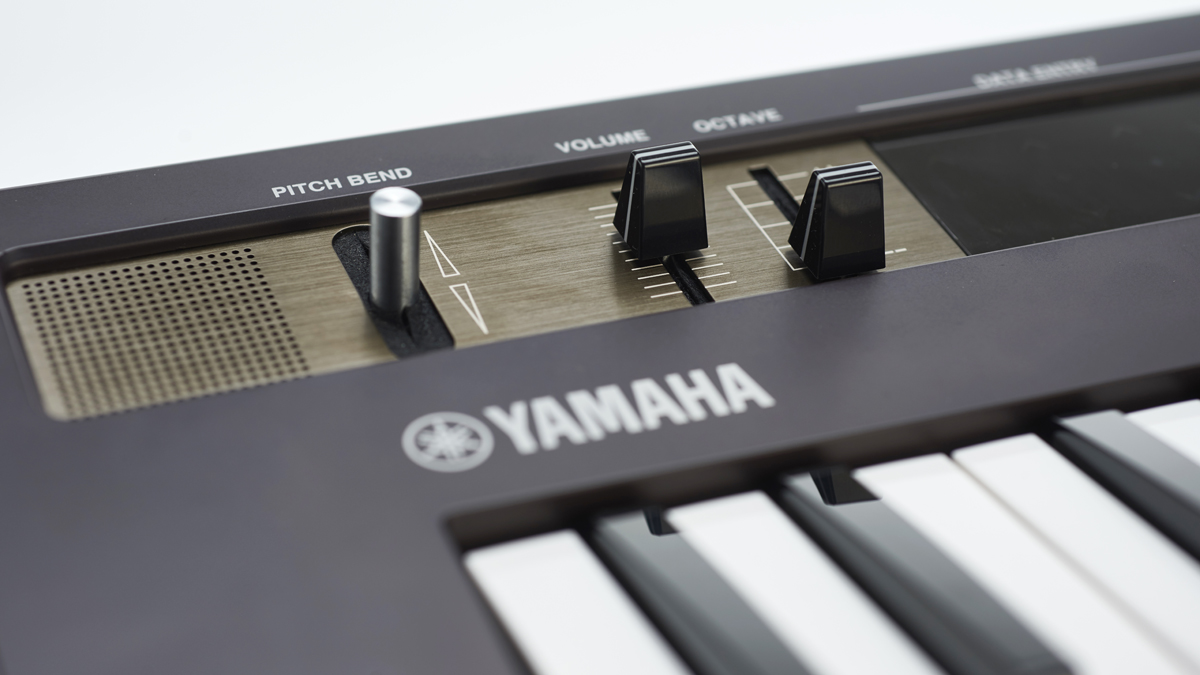
Reface DX
It seems this latest DX is all about making FM synthesis feel intuitive. Tweaking of the parameters via the four touch-sliders is very easy, making this a more accessible instrument than its predecessors or Native Instruments’ FM8.
There does appear to be a satisfying amount of depth to the DX though. It’s possible to build sounds from the ground up, starting with the built-in Init patch, and the new continuous Feedback parameter is great for adding dirt to sounds.
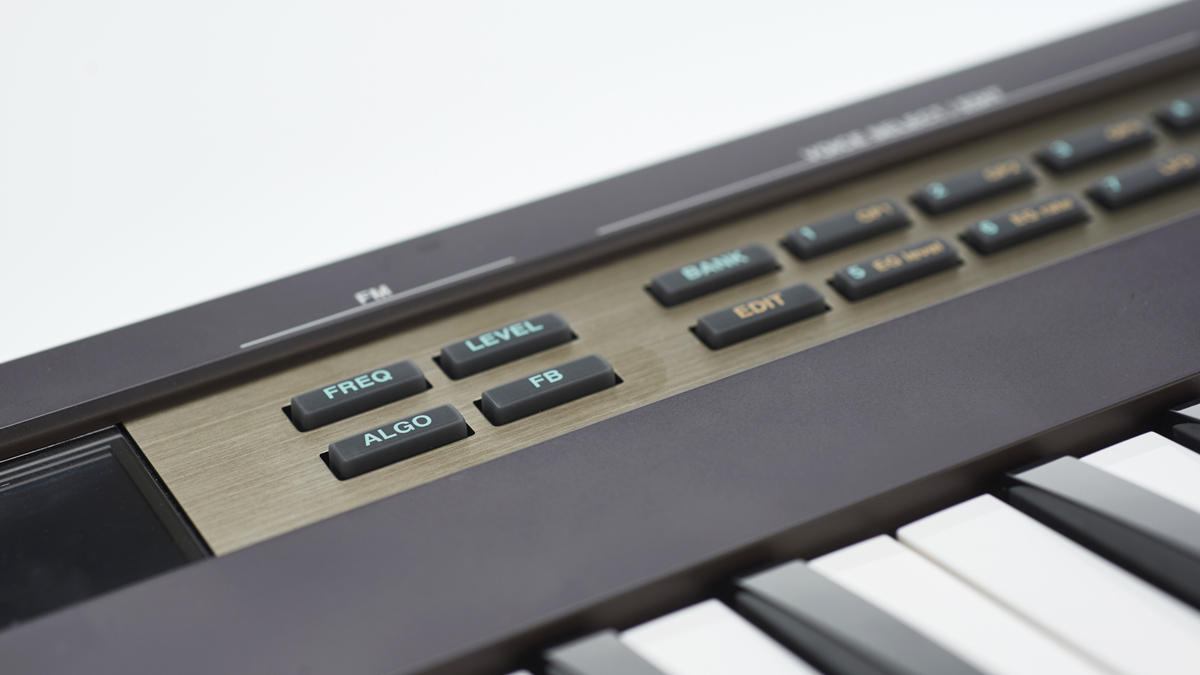
Gang of four
It is a slight disappointment that the DX has just four operators (as opposed to the DX7’s six), but it’s still capable of producing many classic FM sounds including thunderous ‘dark’ basses, metallic leads and textured pads.
The DX has an onboard memory capable of storing up to 32 patches. Preset sounds include many inspired by classic DX series sounds, along with a host of more modern sounds. New sounds can be added, and user creations shared via USB.
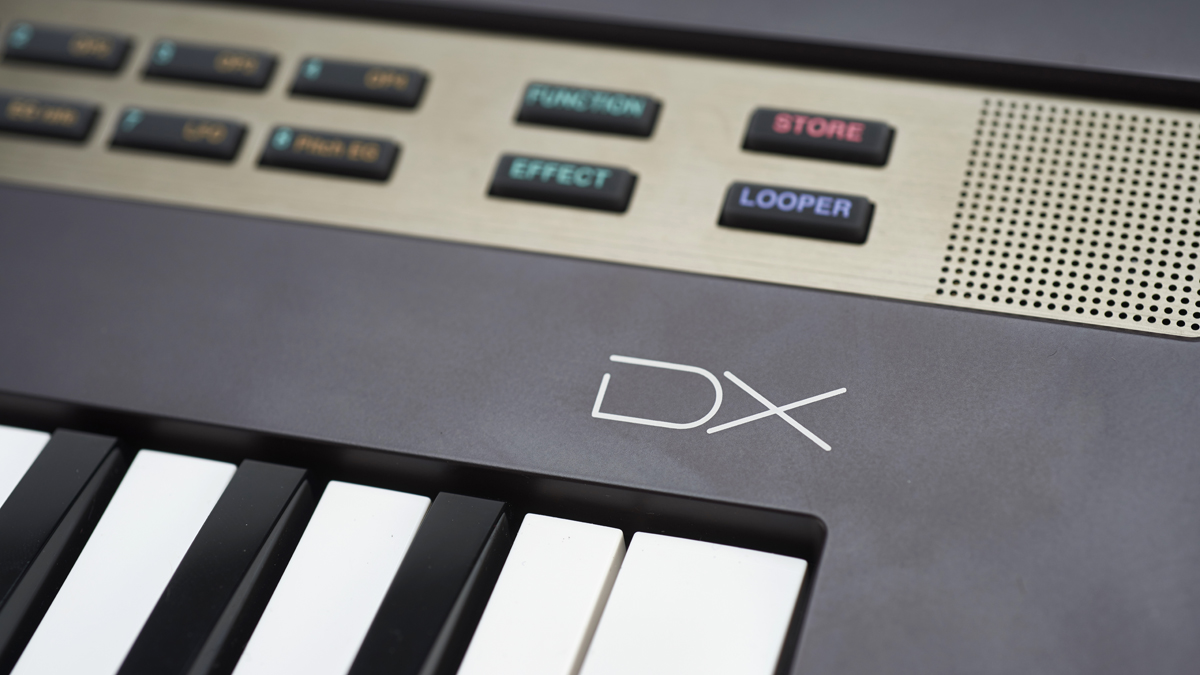
Sound design
The DX has two FX ‘blocks’ into which one of seven effect types - VCM Touch Wah, VCM Flanger, VCM Phaser, Chorus, Delay, Reverb and Distortion - can be loaded. Between them, they’re capable of creating some very dense and interesting synth tones.
Being a DX synth, there is, naturally, a little bit of menu diving and shift pressing of the rubber buttons involved in editing and controlling sounds, but on the whole everything on this latest DX is surprisingly accessible for an FM synth.
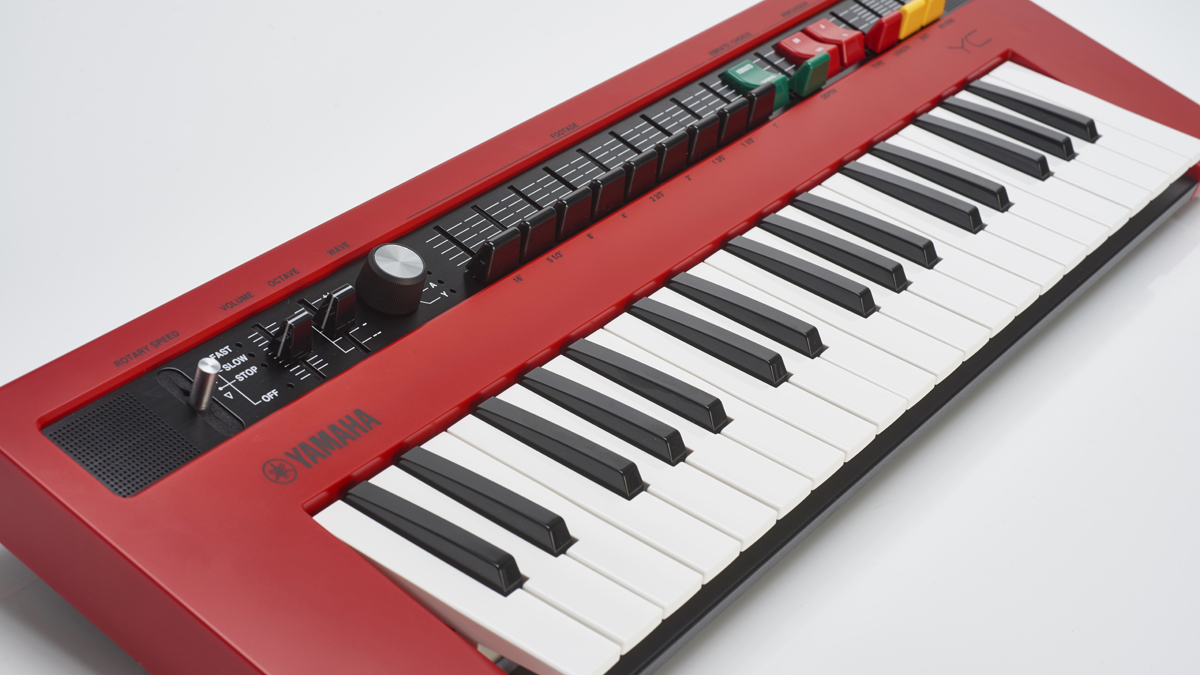
Reface YC
Although it takes its name and striking red design from Yamaha’s YC range of Combo Organs, the YC actually emulates five different classic organ types.
These are, to give them their trademark side-stepping labels, ‘H - American tonewheel organ’, ‘V - British transistor organ’, ‘F - Italian transistor organ’, ‘A - Japanese transistor organ’ and ‘Y - Yamaha YC- 45D’.
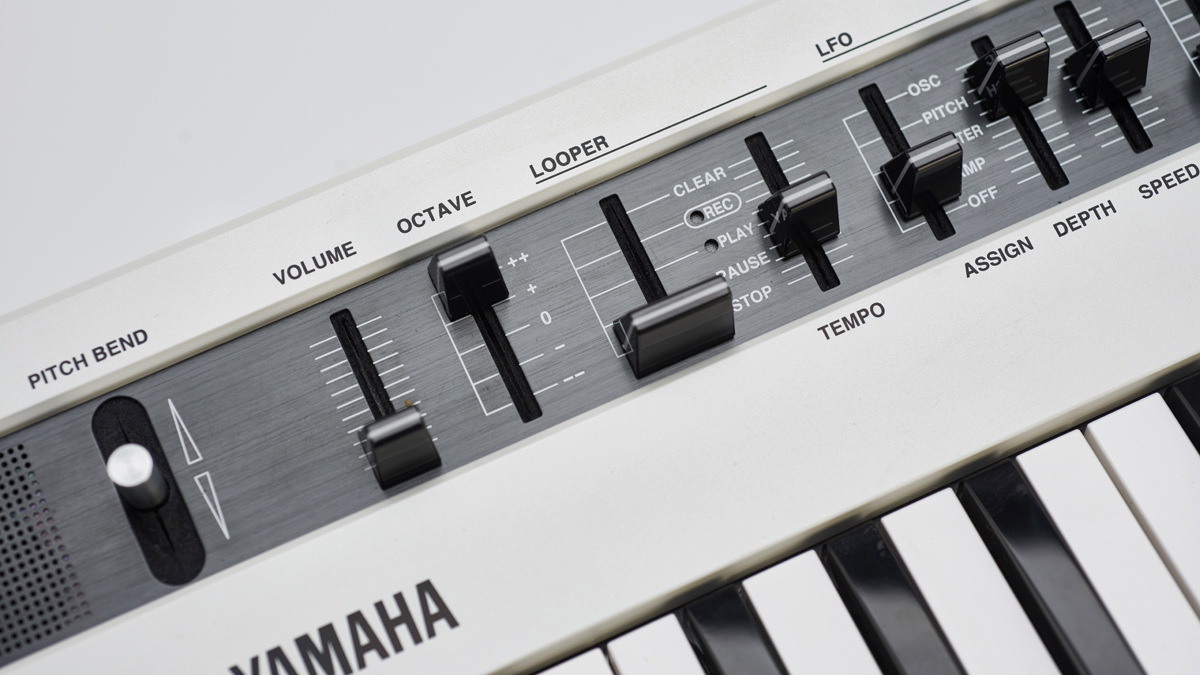
Reface CS
Unlike the classics it’s named after, the CS’ engine isn’t analogue. But if Roland’s Aira range has taught us anything, it’s that we shouldn’t be too hasty to write off the sound of a vintage recreation just because it’s all-digital under the hood.
As with all of the instruments in the reface range, the CS features a built-in Phrase Looper, which can be used to record and playback short lines of performance and layer multiple synth parts on top of one another.
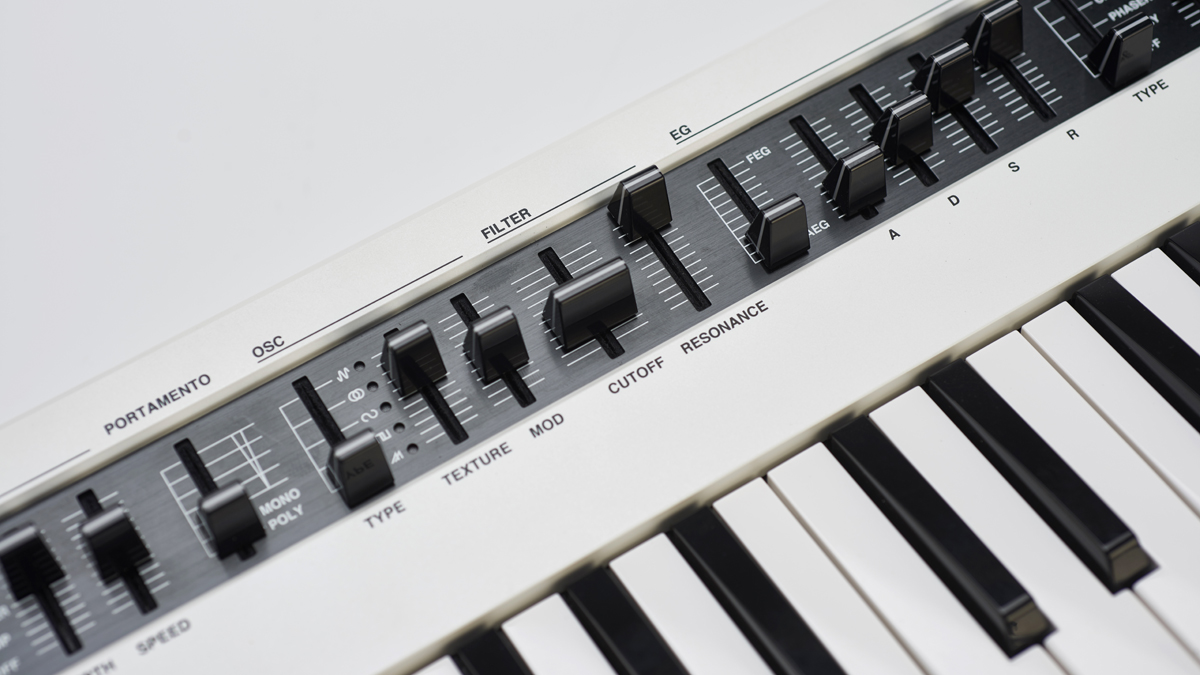
Mono/poly
The CS offers eight-note polyphony, but can be switched between Poly and Mono modes via the Portamento slider (which also controls portamento when in Mono mode), allowing the CS to create both rich chords and funky basslines.
The CS features five oscillator ‘modes’ – Multi- Saw, Pulse, Oscillator Sync, Ring Modulation and FM. Each of these modes can then be shaped and edited via the Texture and Modulation parameters controlled by the neighbouring slider. For example, in Multi-Saw mode, Texture thickens up the sound by fading in a sub-oscillator, while Modulation adds multiple saw waves. While in Pulse mode, Texture detunes the second oscillator and Modulation controls Pulse Width.
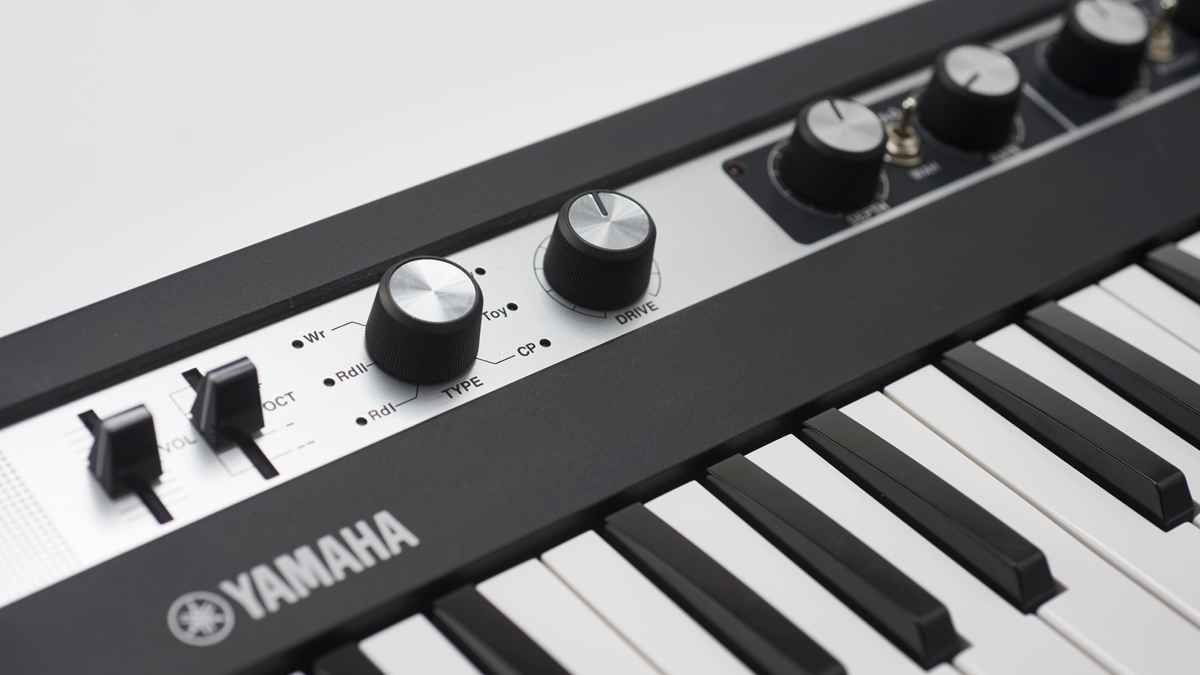
Reface CP
The CP features six piano sounds – three classic ’60s/’70s electric piano emulations, a Clavinet, toy piano and CP80 Electric Grand. Each sound has a matched Drive and Tremolo/Wah that Yamaha claim has been ‘carefully chosen’ to complement the sound, and we’d agree these seem to have been well selected to enhance the tone of each piano type.
Future Music is the number one magazine for today's producers. Packed with technique and technology we'll help you make great new music. All-access artist interviews, in-depth gear reviews, essential production tutorials and much more. Every marvellous monthly edition features reliable reviews of the latest and greatest hardware and software technology and techniques, unparalleled advice, in-depth interviews, sensational free samples and so much more to improve the experience and outcome of your music-making.


